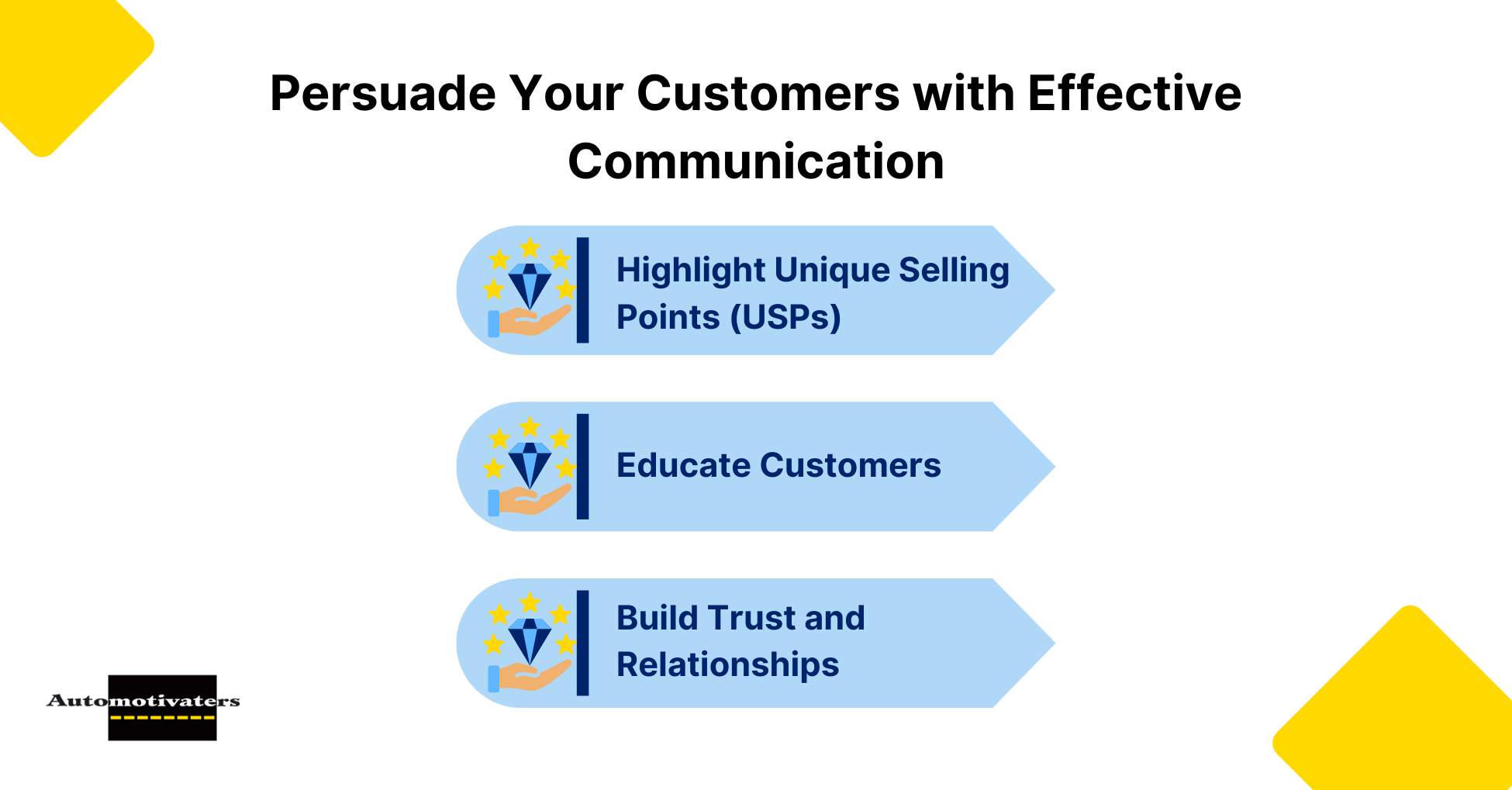In the competitive world of sales, particularly in the automotive industry, understanding what drives customers to choose one dealership over another is crucial. Is it the price that captures their attention, or is it the perceived value that convinces them to purchase? While price is often a significant factor, the concept of value plays a far more critical role in long-term customer relationships and sustained business success.
In this blog, we will explore the differences between price and value, examine the types of customers who prioritize each, and discuss strategies for persuading customers to buy based on value rather than price.
Understanding Price
Price is a customer’s monetary cost for a product or service. It’s straightforward and quantifiable, making it an essential aspect of any transaction. In the automotive industry, price is often the first thing customers notice when shopping for a vehicle. They may compare the prices of similar models across different dealerships, searching for the best deal.
However, focusing solely on price can lead to a race to the bottom. Dealerships that engage in aggressive price-cutting may attract bargain hunters but risk eroding their profit margins and brand reputation.
Additionally, competing on price alone can be unsustainable in the long run, as it often needs to pay attention to the other factors that influence a customer’s purchasing decision.


Understanding Value
Value, on the other hand, is more complex and subjective. It encompasses the benefits a customer receives from a product or service in relation to its cost. Value includes tangible aspects, such as the quality of the vehicle and its features, as well as intangible elements, like customer service, brand reputation, warranty coverage, and overall buying experience.
When a dealership focuses on value, it aims to provide customers with more than a low price. It seeks to offer a compelling reason to choose a particular vehicle or dealership, even if the price is slightly higher than a competitor’s. Customers who perceive high value in their purchase are more likely to be satisfied, return for future purchases, and recommend the dealership to others.


Customers Who Shop for Quality vs. Those Who Shop for Price
Customers generally fall into two categories: those prioritizing quality (and therefore value) and those primarily driven by price.
Quality-Oriented Customers
These customers are willing to pay a premium for products and services they perceive as high quality. They value durability, brand reputation, customer support, and overall experience.
For example, a customer might choose a dealership that offers excellent after-sales service and a comprehensive warranty, even if the vehicle’s price is higher than at other dealerships. Quality-oriented customers are often loyal, returning to the same dealership for future purchases and recommending it to others.
Price-Oriented Customers
Price-sensitive customers focus primarily on getting the lowest possible price for their purchase. They are often less concerned with brand loyalty, customer service, or additional features and are likelier to switch dealerships for a better deal.
While attracting price-oriented customers can increase sales volume in the short term, it may not lead to long-term profitability or customer loyalty.
Persuade Your Customers with Effective Communication
To effectively sell through value rather than price, dealerships must master the art of communication. This involves understanding customer needs, highlighting the unique benefits of your offerings, and demonstrating why your dealership provides better value than competitors.


Highlight Unique Selling Points (USPs)
Identify and communicate the aspects that set your dealership apart from the competition. This could include superior customer service, exclusive features, financing options, or a hassle-free buying process.
By emphasizing these USPs, you can help customers understand why your vehicles are worth more, even if the price is higher.
Educate Customers
Customers may only sometimes understand the full value of your offering, primarily if they’re focused on price. Take the time to educate them on the long-term benefits of purchasing from your dealership, such as lower maintenance costs, better resale value, or more comprehensive warranties. Customers who see the bigger picture are more likely to appreciate the value you’re providing.
Build Trust and Relationships
Value-based selling is rooted in trust. Customers who trust your dealership are more likely to believe in the value you’re offering. Building trust involves transparent communication, delivering on promises, and consistently providing excellent service. By fostering solid relationships with your customers, you can create a loyal customer base that values what you offer beyond just the price.
How Do You Sell Through Value vs. Pricing?
Selling through value requires a shift in focus from merely closing a sale to creating a positive customer experience that justifies the price. Here are some strategies to help you sell through value:
Personalization: Tailor your approach to each customer by understanding their specific needs and preferences. Show how the vehicle and your dealership can better meet those needs than competitors.
Long-term Benefits: Highlight the long-term benefits of the purchase, such as fuel efficiency, lower maintenance costs, or the vehicle’s reliability. Help customers see that paying more upfront can lead to more significant savings and satisfaction over time.
Customer Testimonials: Share success stories from satisfied customers who found value in choosing your dealership. Testimonials can be powerful in convincing potential buyers that others have had positive experiences with your products and services.


Why Is Value More Important Than Cost?
Value is more important than cost because it encompasses the entire customer experience, not just the product’s price. Focusing on value increases customer satisfaction, loyalty, and better word-of-mouth referrals.
While cost is a critical factor in any purchase decision, value-driven customers are more likely to become repeat buyers and brand advocates, providing long-term profitability for your dealership.
You can also differentiate your dealership in a crowded market by emphasizing value. In an industry where many competitors compete on price, those who focus on delivering superior value can stand out and attract quality-oriented customers willing to pay more for a better experience.
Are the Selling Price and Sales Value the Same?
No, the selling price and sales value are not the same. The selling price is the amount of money a customer pays for a product or service. It is a fixed figure and reflects the cost of the item. On the other hand, sales value is the perceived worth of that product or service to the customer. It includes tangible and intangible benefits, such as product quality, brand reputation, customer service, and overall satisfaction with the purchase.
A high selling price does not necessarily mean high sales value. For instance, if a vehicle is priced higher than competitors but does not offer additional benefits or superior quality, customers may perceive it as poor value. Conversely, a product with a slightly higher price but exceptional service, durability, and features may be seen as offering excellent value, making customers more likely to purchase.
Conclusion
While price remains a crucial factor in customer decision-making in the automotive industry, value is key to long-term success. Understanding the difference between price and value, identifying your customers’ needs, and effectively communicating the unique benefits of your offerings are essential strategies for compelling customers to buy from you.
By focusing on value rather than just price, your dealership can build stronger relationships, increase customer loyalty, and achieve greater profitability. At Automotivaters, value-driven selling is the path to sustained success in today’s competitive market.









